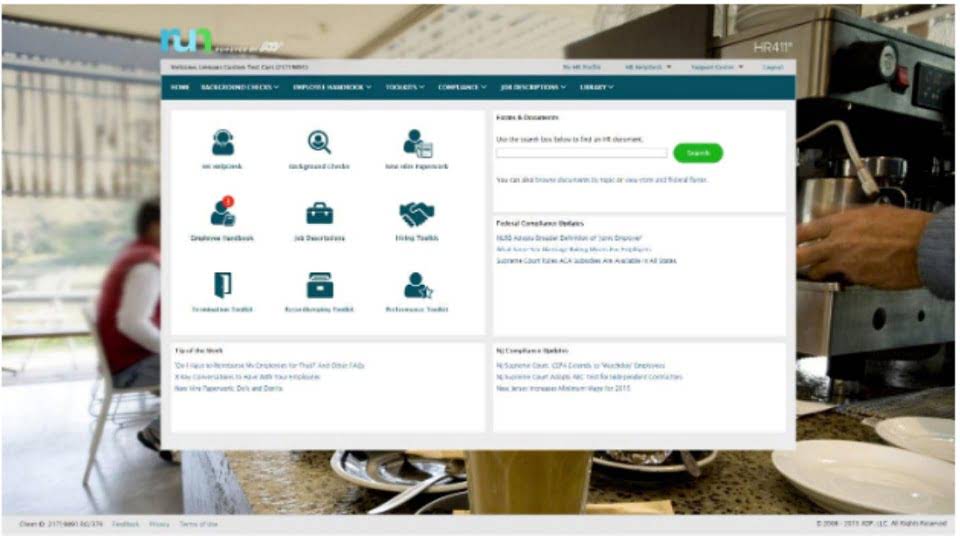
Every accounting team should have a documented month-end close checklist to follow month in and month out.Welcome to High Quality Replica Rolex Watches Sales on www.rolexreplicaswissmade.com, Buy the Best Replica Rolex Watches in the UK.
This is one of the most repetitive processes you’ll go through — but you can’t get complacent and let the small details slip. The entries in your financial statements must match the entries from bankers, gross vs net vendors, and other entities. As such, it’s a good idea to ask somebody who didn’t prepare your accounts to take a look at them. Have this person check all financial statements, as well as your general ledger.

Reconciliation
Get help from others in your business to address any issues right away, or hire someone who can help. Make time to review any critical matters, such as cash flow issues, weekly. To avoid mistakes, review your financial information before the month-end close. Ask someone who didn’t prepare the accounts to review them so they’ll find errors or problems you didn’t notice. If you have accounting software, you can generate these reports easily and avoid a ton of manual work. They are an asset you’ll recognize as expenses in different accounting periods.
Why does the month-end close take time?

That’s why a thorough review process is essential in the month-end close. This step is where you’ll scour all financial data for any errors or inconsistencies. Now, let’s dive into the seven steps that will help you achieve a smoother, more accurate monthly close process. Even though you must not sacrifice quality for speed, you must also plan ahead to meet your month-end financial reporting deadlines. If you are required to complete the closing process within a week and you know that the timeline is unrealistic, then communicate this beforehand. Carefully review these reports to address any inconsistencies, ensuring your financial statements reflect accurate data.
Accounts
However, manually integrating data from different departments can present new challenges each time. Standardizing processes ensures accurate and consistent results month after month. Few accounting procedures need standardizing than the month end close process. The procedure is manual, repetitive, and complicated, which makes defining the steps that go into completing it crucial for your team.
- Track the condition of these assets and record any expenses related to them.
- As a result, the consolidation of financial data and the reconciliation of accounts can be a time-consuming endeavor.
- Be proactive and plan for potential roadblocks so you can address issues promptly without derailing the entire process timeline.
- Reports that contain errors or missing details jeopardize the integrity of the company’s books.
- Having well-defined objectives simplifies the process and provides a benchmark for measuring your accounting department.
End of Month Accounting
Align with sales and sales ops leaders to get a basic idea of where the revenue numbers will fall for the month. For example, your year end close becomes a lot simpler if you have accurate monthly reports to work from. Seeing that speed and accuracy are the most critical skills in the month end close process, we have created a free month end close template to streamline your team’s month-end projects. This is where you prepare the client’s financial statement (balance sheet, income statement, and cash flow statement) with the information you have collected, verified, and reconciled. You can virtual accountant also leverage Brex’s direct integrations with top ERPs like NetSuite to enable two-day data syncing, eliminating the need for manual imports and exports. For example, they can learn from past corrections to automatically categorize transactions more accurately over time.

The month end close process ensures you have information about your company’s financial standing. It’s crucial for helping you make short-term decisions, in addition to helping you work towards long-term goals. Plus, having month end close process accurate monthly reports makes your year-end close much simpler. Brex can help you further simplify the monthly close process with its accounting automation. For starters, Brex automates receipt capture and categorization, so your teams don’t have to.
- There’s a lot of pressure to get the books closed as fast as possible every month.
- In addition to your company’s audit readiness at the end of the month, a checklist also helps you prepare your annual financial statements.
- Automation provides a number of advantages for the monthly closing process.
- End-of-month checklists reduce the time it takes to organize and submit internal financial reports.
- The process provides an opportunity to review and improve the efficiency of financial operations.
- Usually a lot of businesses prepares monthly financial statements, you can use an accounting system that generates these reports automatically.

Centralizing your month-end workflow will ensure your team is aligned, and information is accurate and error-free. For example, Two Roads began doing their bank reconciliations weekly in order to speed up their month-end closes. Discover the steps Australian practice, All That Counts follow to complete their End of Month Accounting process.
0 Comments